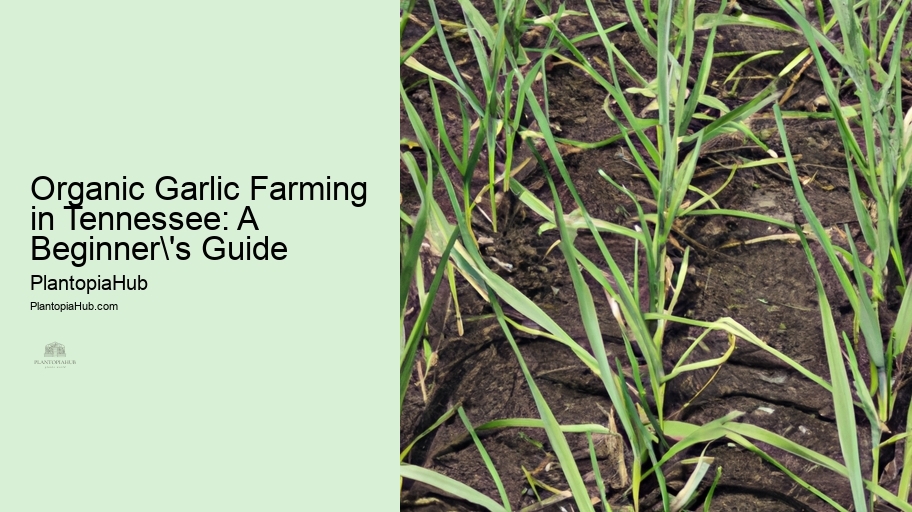

Understanding the science behind garlic growth cycles is essential for successful cultivation in Tennessee. Harvest Time Garlic goes through several distinct phases, from planting and sprouting to bulb formation and dormancy.
By knowing the science behind these growth stages, you can make informed decisions about timing, care, and harvesting, resulting in healthier garlic crops.
In conclusion, delving into the science of garlic growth cycles is a valuable tool for Tennessee garlic farmers, ensuring optimal timing and care throughout the growing season.
In Tennessee, selecting garlic varieties resistant to common pests can save you time and effort in pest management.
By choosing pest-resistant garlic varieties, you can reduce the need for chemical interventions and promote a healthier garlic crop.
In conclusion, opting for pest-resistant garlic varieties is a smart strategy for Tennessee farmers looking to minimize the impact of pests on their garlic crops.
Urban gardening in Tennessee can be challenging, but growing garlic in containers is a space-efficient solution. Select large pots or containers with good drainage and fill them with well-draining soil.
Place your containers in a sunny spot, water regularly, and follow the same planting and care guidelines as for in-ground garlic. Container gardening allows urban dwellers to enjoy homegrown garlic even in limited spaces.
In conclusion, container gardening is a viable option for urban gardeners in Tennessee interested in cultivating their garlic, bringing homegrown flavors to city living.
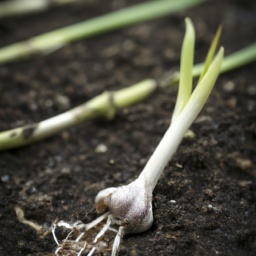
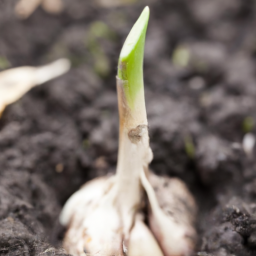
Climate change impacts agriculture in Tennessee, including garlic cultivation. Erratic weather patterns and temperature fluctuations can affect garlic growth. Adaptation strategies, such as adjusting planting dates and using mulch, can help mitigate climate-related challenges and ensure consistent yields.
Staying informed about climate change's local effects is essential for successful garlic farming in Tennessee.
In conclusion, acknowledging and addressing the influence of climate change is crucial for Tennessee garlic farmers to maintain a thriving crop.
Choosing the right tools is vital for efficient garlic farming in Tennessee. Invest in high-quality tools like dibblers, weeding tools, and harvesting knives. Select tools designed for garlic cultivation to streamline your work.
Proper tools not only save time but also contribute to the overall success of your garlic farm.
In conclusion, a well-chosen set of tools is a valuable asset for Tennessee garlic farmers, promoting efficiency and productivity.

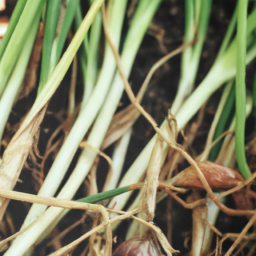
Offering garlic farming workshops and educational resources in Tennessee can benefit both aspiring and experienced garlic growers. Share your knowledge on topics like soil preparation, pest management, and harvesting techniques.
Workshops and resources provide valuable learning opportunities, foster a sense of community, and support the growth of garlic farming in the region.
In conclusion, hosting workshops and providing educational resources is a way to contribute to the collective knowledge of garlic farming in Tennessee.
Intercropping with garlic is a smart strategy for small farms in Tennessee. Planting garlic alongside compatible crops like tomatoes, peppers, or lettuce can maximize space utilization and yield. These intercropped plants can also offer natural pest protection and improve soil health.
Experimenting with intercropping can help small-scale farmers diversify their produce and increase overall farm productivity.
In conclusion, implementing intercropping strategies with garlic is a practical approach for small farms in Tennessee, offering numerous benefits.
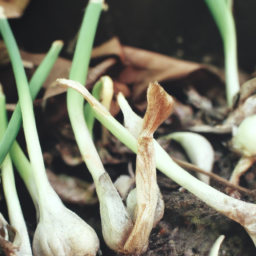
To protect your garlic crop from winter frost in Tennessee, consider applying a thick layer of mulch, such as straw or leaves, around your garlic plants in late fall. This mulch acts as insulation, preventing the soil from freezing and safeguarding the garlic bulbs. In extremely cold regions, you can also use row covers or cloches to provide additional frost protection. Be sure to maintain proper airflow to avoid condensation, which can lead to mold and rot.
Organic garlic farming in Tennessee offers several benefits. It promotes soil health, reduces chemical inputs, and produces garlic that meets high organic standards, appealing to health-conscious consumers. Organic practices also contribute to environmental sustainability by minimizing the impact on ecosystems. Furthermore, the demand for organic garlic continues to grow, making it a profitable venture for farmers who embrace these practices.
The optimal time for planting garlic in Tennessee typically falls between late September and early November. It's important to consider your specific location within the state, as warmer regions may benefit from earlier planting in September, while cooler areas may choose a late October start. Monitoring local temperature trends and referring to the USDA hardiness zone map for Tennessee can help determine the best planting window.